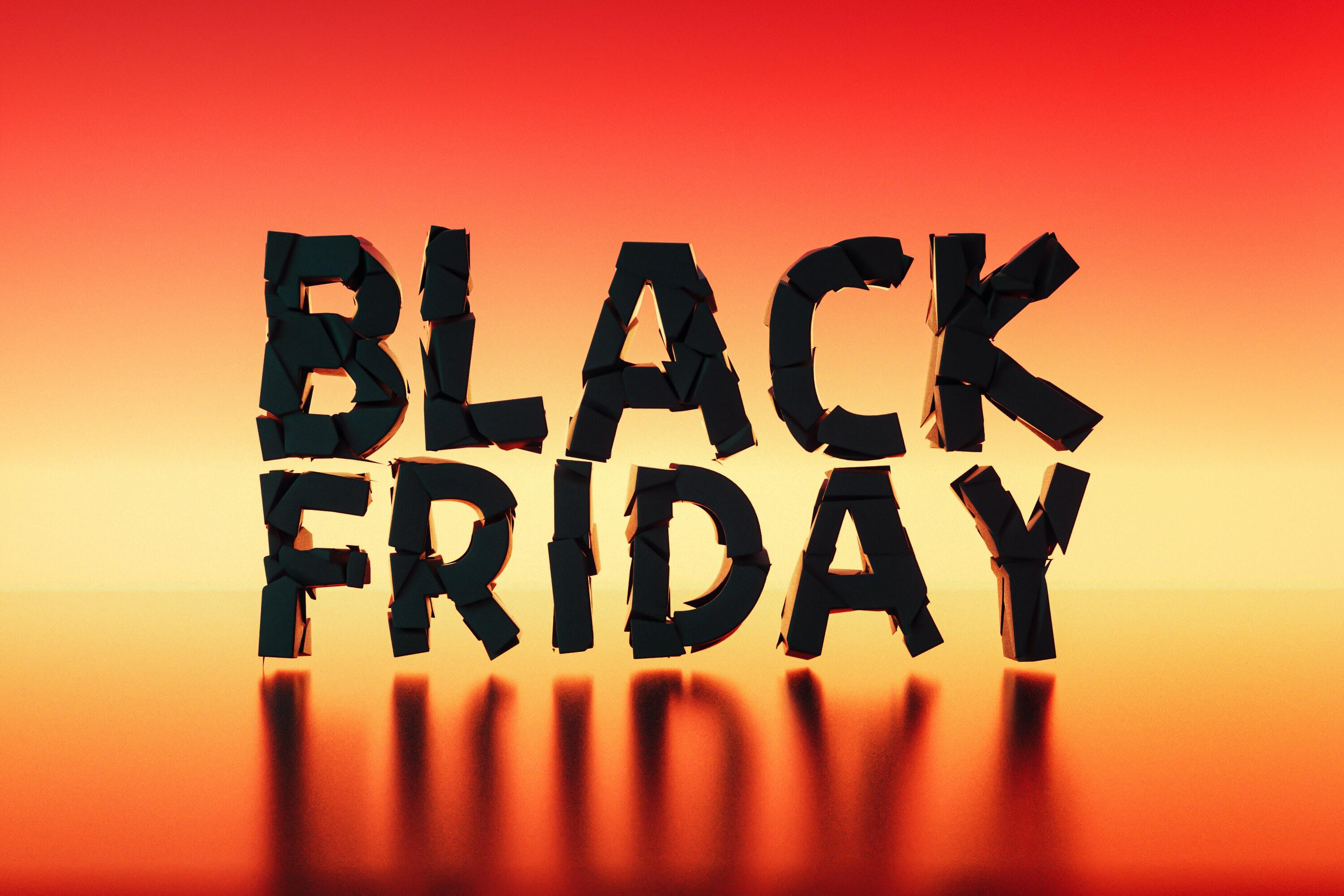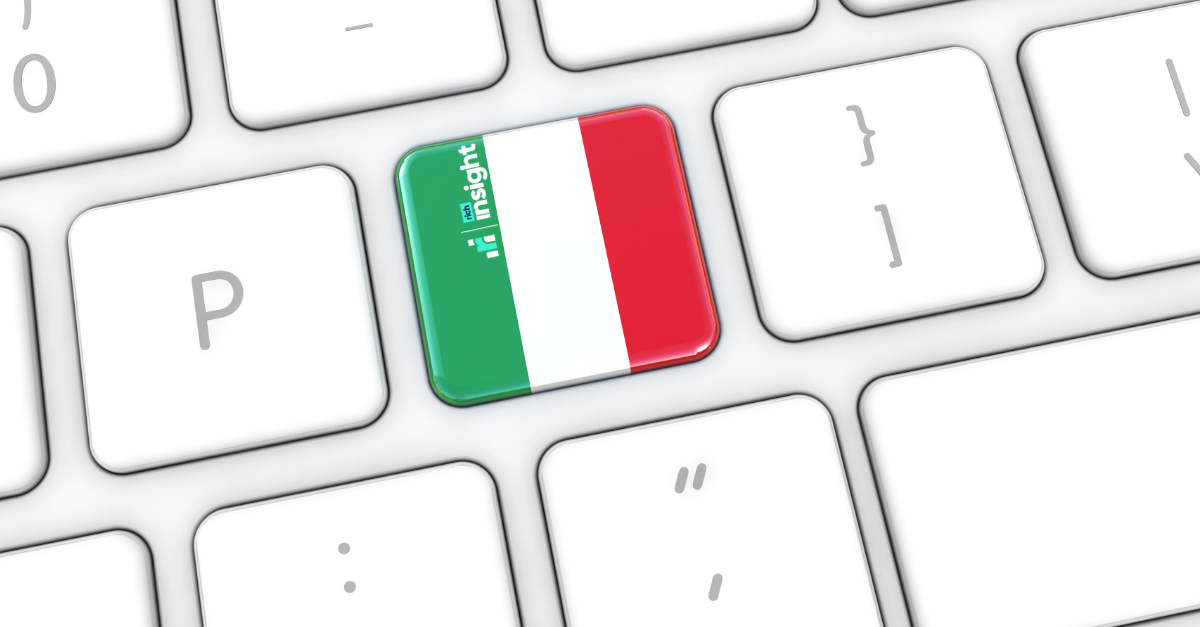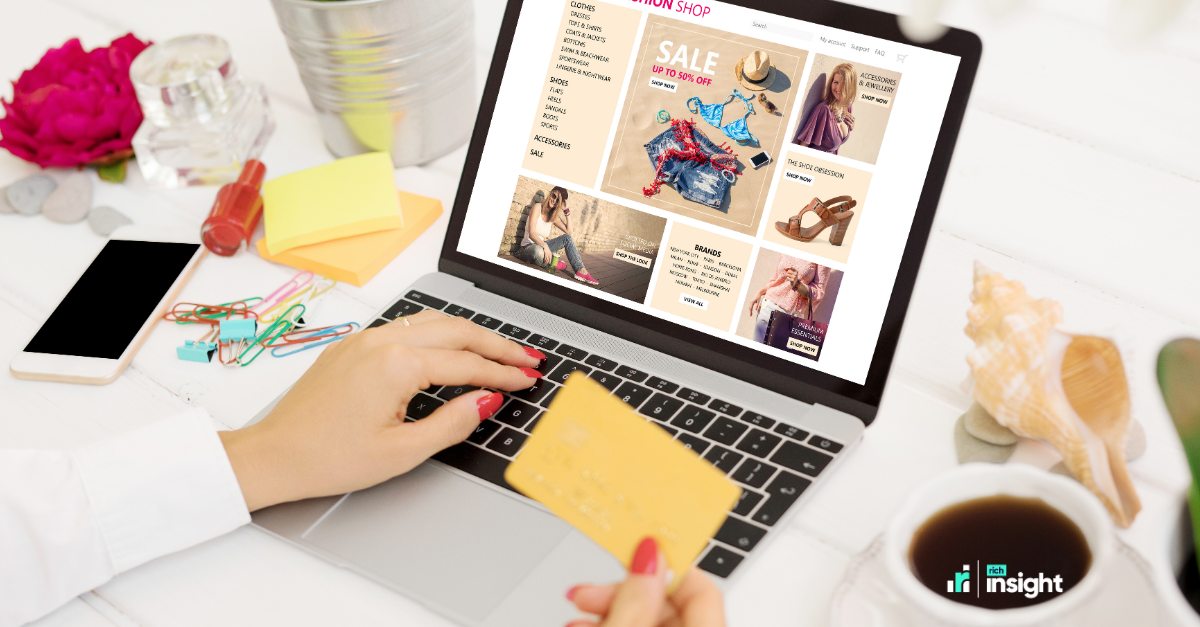Black Friday on Amazon is the most important shopping event of the year. Shoppers flock to Amazon to find the cheapest deals around. With this in mind, Amazon sellers have to constantly squeeze margins to compete with other sellers.
To be successful, having a great deal isn't always going to be enough. A coordinated paid strategy is needed to ensure you’re capturing relevant traffic. Let's take a look at what good strategy looks like and how it can help you increase your sales.
Understanding your competition
Before anything, it is important to understand the current competitive landscape on Amazon - especially if it’s your first deal.
Lightning deals and 7-day deals all come with a standard fee and the price varies depending on which dates you select so you’ll need to bear that in mind.
Not all sellers' products will be eligible for these deals, so the next best alternative is Strikethrough pricing or Vouchers which have no minimum requirements. Your competitors will be using a combination of these.
Usually, featured deals such as Lightning Deals or 7-Day deals have minimum requirements, so if your products are newly listed or have low sales history they may not be eligible for those deals.
Competitor research is needed and to do this 3rd party tools can help provide important information that will help with your paid strategy. Finding out who to target and what keywords work best will help develop and build your paid strategy. Looking at competitor advertising positions also helps, it will give you an understanding of where you may be able to fill the gap. It’s a good idea to familiarise yourself with Amazon’s advertising products, how they work and the requirements to use them.
What targeting types should I use?
There are 3 targeting types on Amazon:
- Sponsored Products
- Sponsored Brands
- Sponsored Display
The types of targeting will vary depending on your allocated budget and desired outcome.
Sponsored Products
Black Friday is traffic-heavy with people searching for the best deals. Sponsored Products is a good option and will display your product top of the search on the first page results. It is a good option especially if you have a promotion running as a percentage badge will be shown on your product further enticing shoppers to click through and convert. If you have a 7-day deal or lightning deal, setting up a Sponsored Products campaign with relevant keywords can help further boost your promotion.
The keywords you choose should be relevant to your product, being too broad can lead to wasted spend.
CPCs should be competitive but depending on your budget be cautious. If your product is well-established with good reviews you can be aggressive with your CPCs. If your product is new then try to focus on historical keywords that have performed well and increase the bids on these.
It is important to manage a reserved budget for your campaigns as they can run out fast. Ideally, £10-£20 per Sponsored Products campaign should be good enough on a reserved budget. However, if you’re looking to dominate the category and have a larger budget, then £100 is a good minimum. Remember to check your budgets throughout the day to ensure spend is where you want it. Also, keep track of your keyword spending throughout the day, adjusting them accordingly.
However, unless your deals are extremely competitive then Sponsored Products may not be for you. CPCs for primary keywords greatly increase, which can quickly eat up your budget, and due to the increased traffic and more people clicking there may be little to no conversion. This is why it is important to understand your competitors in order to anticipate what promotions or deals they may provide over the week-long Black Friday period.
Sponsored Brand Campaigns
Sponsored Brand campaigns are a good placement to use to drive traffic to your storefront. Amazon will allow custom creatives and placements are prominently displayed above search results on page one.
We recommend using a combination of Sponsored Products and Sponsored Brands to strengthen your ad strategy. Using both Sponsored Products and Sponsored Brands in combination will provide the best exposure for your promoted products.
However, if you’re solely looking to drive traffic to your Amazon storefront then using Sponsored Brand campaigns alone is the best option. Before setting up a Sponsored Brand campaign your storefront should be set up and conversion ready. Conversion ready takes into account your general overall look, feel, and design of your storefront. Sending traffic to your storefront allows shoppers to see the original product advertised but also gives them the chance to view more products. It is a great way to increase shopper basket size and grow brand awareness.
A landing page is an option selected in the advertising console when setting up a campaign. Add multiple products to one page and send traffic directly to it, a great way to show all your discounts and promotions altogether. We highly advise adding a custom image to your campaign as a must, it captures the attention of shoppers. The three products you select will show a discounted banner on them, similar to Sponsored Product campaigns.
When setting up the campaigns they will require approval by Amazon and this can take a few hours to a few days so bear that in mind when setting them up. Overall depending on your budget using both Sponsored Products and Sponsored Brands together will increase the visibility of your Lightning Deal or 7-Day deals.
Sponsored Display
If your strategy is to solely target competitors and shoppers off Amazon then Sponsored Display may be for you. Placements on competitor product detail pages are a good way to divert shoppers away from your competitor.
The ASIN targeting ability will allow you to target competitor products and display your product on their product detail pages. We would only recommend using this targeting method if you are looking for an impression-based strategy or to drive additional brand awareness through Black Friday. Why? Cost vs results on Sponsored Display is extremely questionable, no matter how popular your product is, the actuarial return you receive from Sponsored Display placements just isn't viable in the long term.
Strategically we would suggest using Sponsored Display to boost traffic or increase awareness of a product or brand. If you’re looking for conversion then Sponsored Product placements are your best option, and secondly Sponsored Display. Depending on the product you sell, the option to re-target shoppers on Amazon is a great way to re-engage shoppers that are browsing across multiple marketplaces or websites. There is a 30-day lookback window and those shoppers will be re-targeted. However be cautious here as you may be targeting shoppers that have already purchased a competitor's product or are not in a purchase stage, especially as people are more likely to view and compare product prices on multiple websites.
Summarised - Black Friday Marketing Strategy
Use a mixture of both Sponsored Product campaigns and Sponsored Brand campaigns. Make sure your Amazon Storefront is conversion ready. Sponsored Display is an optional extra, depending on your budget and desired outcomes.
Remember to monitor your campaigns throughout the day as you don't want them to run out of budget. Look at your keyword bids as well, they may go up or down so you will need to adjust them.
Ensure you research your competitors thoroughly, understand what keywords they use, what paid strategy they currently use, and anticipate what deals they may offer this Black Friday.
This strategy should provide you with the basic next steps once you have set up your Amazon deals.
If you require more in-depth strategic planning and help, our team specialises in growing your Amazon business through the use of Amazon ads. Get in touch today.






Blog Comments